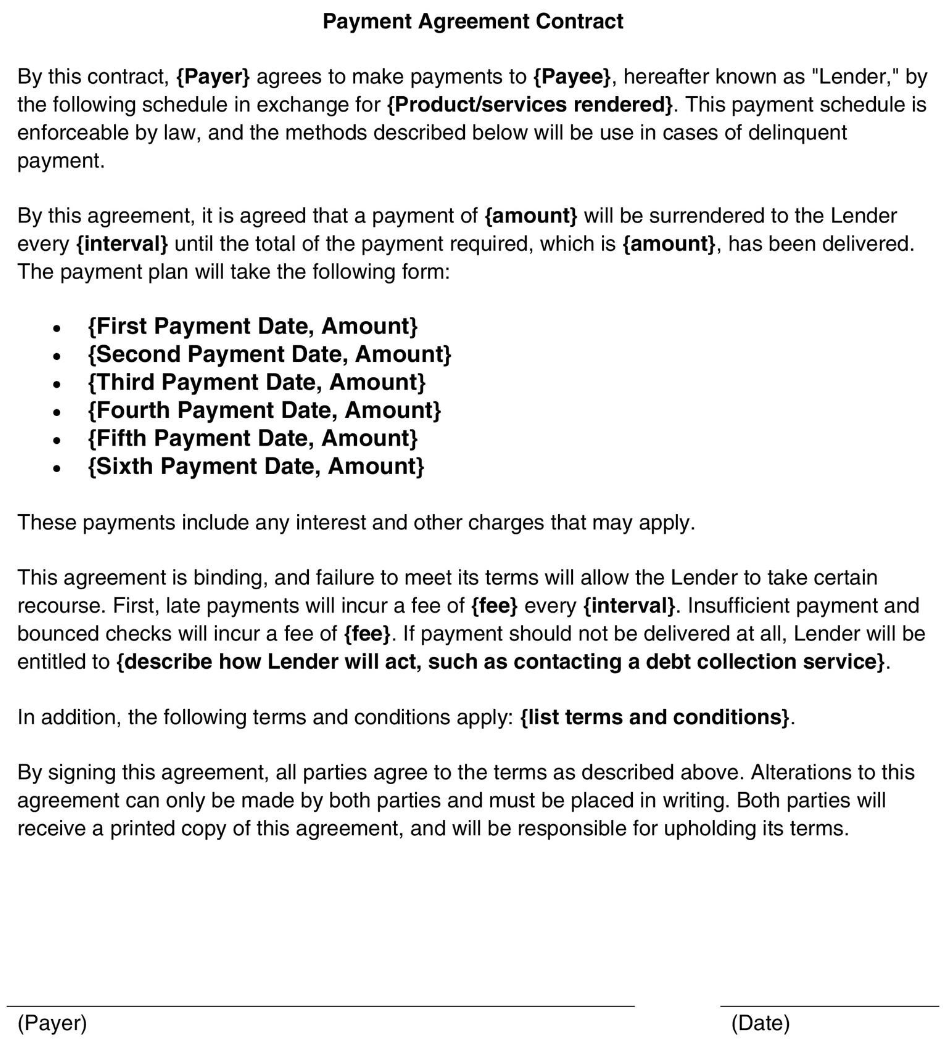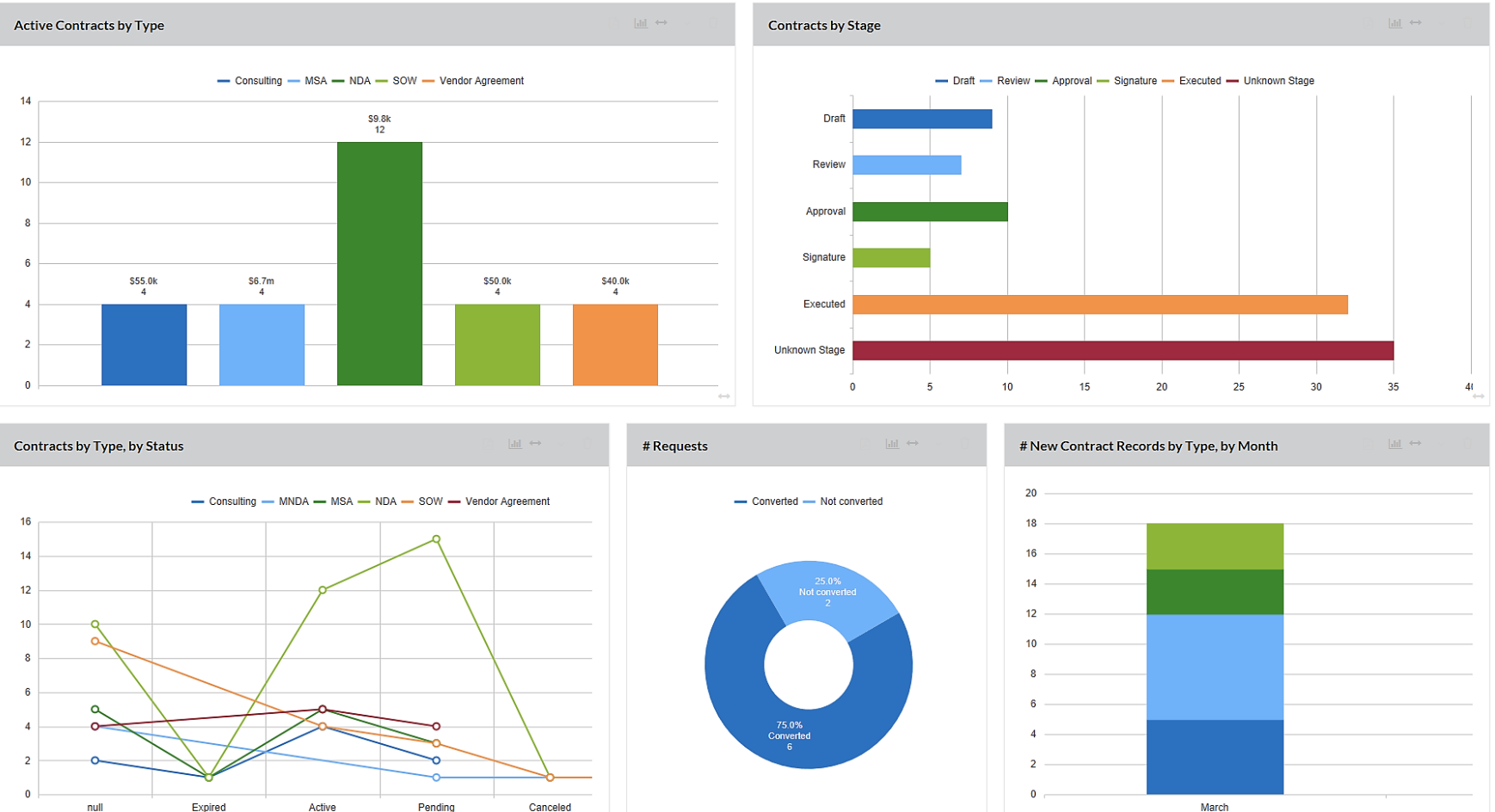Everything You Need to Start the Contract Preparation Process
Dec 21th, 2023
Everything You Need to Start the Contract Preparation Process
In all industries, developing an effective contract preparation process is key to lasting success. Thorough preparation ensures clarity, minimizes risk, and protects the interests of all parties. For professionals dealing with contracts, a well-prepared contract can make the difference between a smooth partnership and contentious, costly disputes.
This guide provides a structured approach to contract preparation. It emphasizes the need for precision and foresight in this critical task. Each step, from defining objectives to finalizing terms, aims to prevent misunderstandings and ensure legal soundness. Whether you are drafting, managing, or overseeing contracts, this contract preparation checklist will help in achieving agreements that are both legally compliant and aligned with strategic business goals.
Key Takeaways
- A structured contract preparation process enhances clarity, minimizes risks, and protects the interests of all parties involved in the agreement.
- Defining contract objectives, through diligent information gathering, and thorough risk assessment are foundational to preventing disputes and ensuring legal compliance.
- Effective contract drafting, internal reviews, and skilled negotiation lead to agreements that are not only legally compliant but also strategically beneficial.
😉 Bonus: Check out our Introduction to Contract Management Software.
Contract Preparation Checklist: A 9-Step Guide for Effective Agreements
Follow these steps to ensure business contracts perform efficiently and establish a reliable process for your organization.
-
Define Contract Requirements and Objectives
Contract preparation should begin by ensuring stakeholders fully understand the contract’s purpose, scope, and parties involved. This clarity aligns the contract with expectations and legal standards.
Compliance with legal and regulatory requirements is key to preventing future legal complications and ensuring enforceability. Clearly defining the expected outcomes, deliverables, and limitations sets a solid foundation for the subsequent steps.
-
Gather Necessary Information and Documentation
Gathering accurate information and documentation is a critical step. This involves collecting data about the involved parties, previous agreements, financial records, and legal documents. Accurate and up-to-date information is crucial for preventing disputes. A study by KPMG found that inadequate contract documentation contributes to about 40% of value leakage in agreements.
Collaborating with various departments or external entities is often necessary. This ensures the contract accurately reflects the true intent of the agreement and is based on factual data.
-
Take Risk Assessment and Management Measures
Conducting a thorough risk assessment is key to identifying potential legal, financial, and operational risks. This step involves scrutinizing the contract’s terms to anticipate challenges and devising strategies to mitigate identified risks. Understanding the impact of different clauses and preparing for contingencies are integral to this process.
-
Draft the Contract
Drafting the contract involves writing clear, concise terms and conditions, informed by the information gathered and risk assessment conducted. The language used should be plain and unambiguous to avoid legal complexities.
Ensure the contract covers all critical elements, such as:
- Payment terms
- Delivery schedules
- Confidentiality clauses
- Termination conditions

Image Source: https://templatelab.com/contract-templates/
To keep contracts consistent and minimize the chance of future disputes, use templates and pre-approved language.
-
Perform Internal Reviews and Approvals
An internal review of the draft contract is a crucial step. Gather feedback from departments like legal, finance, and operations to ensure the contract aligns with internal policies. Revisions based on feedback are essential for compliance and organizational alignment.
Necessary internal approvals are a prerequisite before starting negotiations. This internal vetting process guarantees the contract represents the organization’s interests and legal standing.
-
Leverage Contract Management Software
Contract management software streamlines the preparation process by providing a centralized platform for drafting, storing, and tracking contracts. Key features include:
- Automated templates and clause libraries for consistency and legal compliance.
- Version control to prevent errors and keep everyone on the most recent draft.
- Features that highlight obligations and deadlines, reducing the likelihood of oversight and aiding in risk management.
By integrating contract management software, organizations can increase efficiency, improve accuracy, and maintain a comprehensive overview of all contractual obligations.
-
Negotiate with the Other Signatory Parties
Contract negotiations, where parties finalize contract terms, involve discussions, addressing concerns, and making compromises. Effective negotiation skills are crucial for a mutually beneficial agreement.
Negotiations should aim for a balance between firmness and flexibility to ensure an equitable contract. Achieving a fair contract through negotiation is key to a successful and lasting business relationship.
-
Finalize and Sign the Contract
After negotiations, contracts are ready for finalization and signing. Each party must fully understand and agree to the terms before signing. The nature and jurisdiction of the contract dictate the legal requirements for signing, including potential requirements such as witnesses or notarization. The finalization process ensures the contract accurately reflects all negotiated terms. This phase ends the preparation process and begins the contractual relationship. Executing the contract properly is as vital as its content. Proper execution solidifies the agreement’s legal standing and enforceability.
-
Storage and Record Keeping
Secure storage and meticulous record-keeping of signed contracts are imperative. This involves keeping digital copies and related documents. Establishing a system for monitoring compliance and performance is essential. Effective record-keeping is crucial for future reference, especially in disputes or audits.
Proper documentation ensures the contract’s integrity and facilitates access and reviews. This step marks the transition from contract preparation to management, ensuring the contract’s terms are followed and its objectives met throughout its lifespan.
Elevate Your Contract Preparation Process with Contract Logix
Contract Logix’s contract management platform empowers businesses across industries. It provides essential tools to prepare and execute high-performance contracts efficiently. With features like custom workflows, automated reminders, and AI-assisted Data Extraction. Contract Logix is your one-stop shop to streamline contract processes.
Schedule a demo of Contract Logix today to get started.
Looking for more articles about Contract Management? Check out our previous article “How to Streamline Customer Service Contract Management“.
Navigate CLM Success With Contract Logix
Download our Data Extraction Product Brief to learn how you can begin to navigate CLM success by automating the hard work using artificial intelligence with one of the best Contract Management Software’s on the market today



